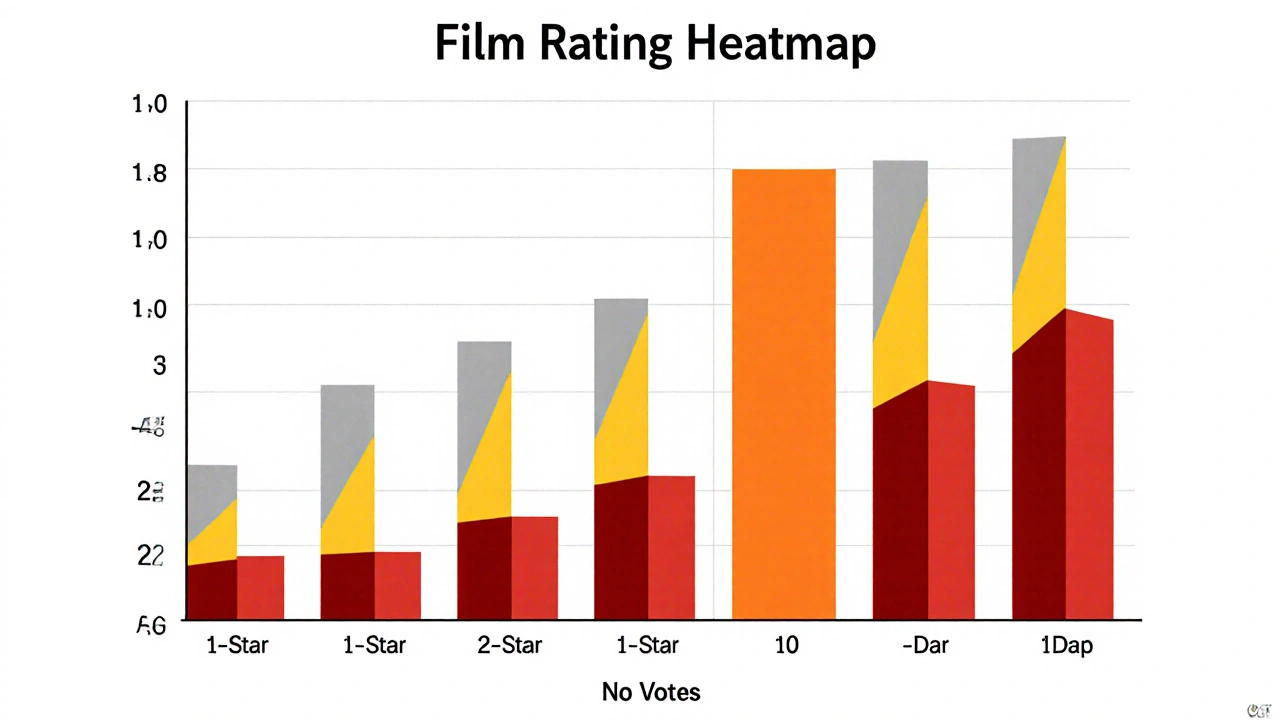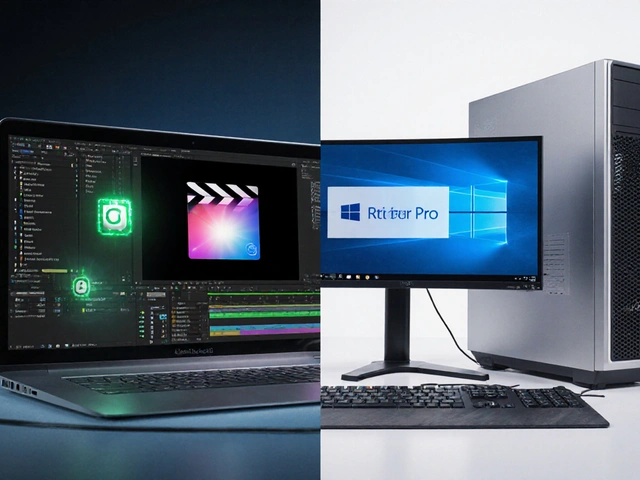Ratings Visualization: How to Turn Viewer Feedback into Clear, Actionable Insights
When you post a video, the numbers matter—likes, dislikes, star ratings, and completion rates. But raw numbers don’t tell you much unless you ratings visualization, the process of turning viewer feedback into visual charts and graphs that reveal patterns and trends. Also known as video analytics dashboards, it’s what separates guesswork from real decisions in content creation. Without it, you’re just hoping your audience liked your video. With it, you know exactly why they did—or didn’t.
Think of ratings visualization, the process of turning viewer feedback into visual charts and graphs that reveal patterns and trends. Also known as video analytics dashboards, it’s what separates guesswork from real decisions in content creation. Without it, you’re just hoping your audience liked your video. With it, you know exactly why they did—or didn’t.
Good ratings visualization doesn’t just show you that 72% of viewers gave your tutorial five stars. It shows you when they dropped off, which parts got the most thumbs-up, and if viewers who watched past the 30-second mark were more likely to subscribe. That’s video analytics, the collection and interpretation of viewer behavior data to improve content strategy. Also known as audience insights, it’s the backbone of every successful creator’s workflow. You can’t fix what you can’t see—and most people never look past the total rating. But the real power is in the breakdown: heatmaps of engagement, scatter plots of viewer retention vs. rating, or trend lines showing how ratings change after you tweak your thumbnails or intro hooks.
Tools like YouTube Studio, Vimeo Analytics, and even third-party platforms like Tubular Labs turn raw data into visual stories. A bar chart might show that your horror shorts get higher ratings than your vlogs—but your vlogs have 10x more views. That’s not a win. That’s a signal: maybe your horror content is niche but sticky, and your vlogs are broad but forgettable. Now you can adjust. Maybe double down on horror with better promotion, or restructure your vlogs to keep viewers longer. That’s the point of viewer feedback, the direct and indirect responses from audiences that inform content decisions. Also known as audience sentiment, it’s not just comments—it’s every click, pause, skip, and star.
You don’t need to be a data scientist. You just need to know what to look for. Start simple: track how your average rating changes after you change your editing pace, add captions, or shorten your intros. Compare videos with similar topics but different titles. See if videos with higher ratings also have lower drop-off rates. That’s the link between perception and performance. And when you start seeing those patterns, you stop guessing what works—and start building what does.
The posts below show real examples of how creators use ratings visualization to improve everything from TikTok hooks to YouTube documentaries. You’ll find guides on interpreting retention graphs, setting up custom dashboards, and using feedback to decide what to make next. No fluff. Just clear, practical ways to turn numbers into better videos.
20
Visualizing Ratings: Heatmaps, Distributions, and Outlier Films
Learn how to read beyond movie ratings by using heatmaps, distributions, and outlier analysis to understand why films divide audiences - and what that really means for what you should watch next.
Latest Posts
Popular Posts
-
 Best Educational TV Shows for Preschoolers, Elementary Kids, and Tweens
Best Educational TV Shows for Preschoolers, Elementary Kids, and Tweens
-
 App Layout Strategies: Organize Streaming Services by Genre and Use
App Layout Strategies: Organize Streaming Services by Genre and Use
-
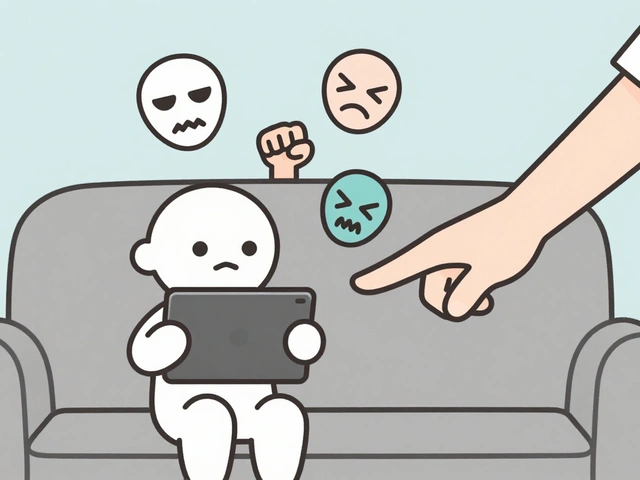 Parental Controls on Free Streaming Apps: How to Keep Kids Safe Online
Parental Controls on Free Streaming Apps: How to Keep Kids Safe Online
-
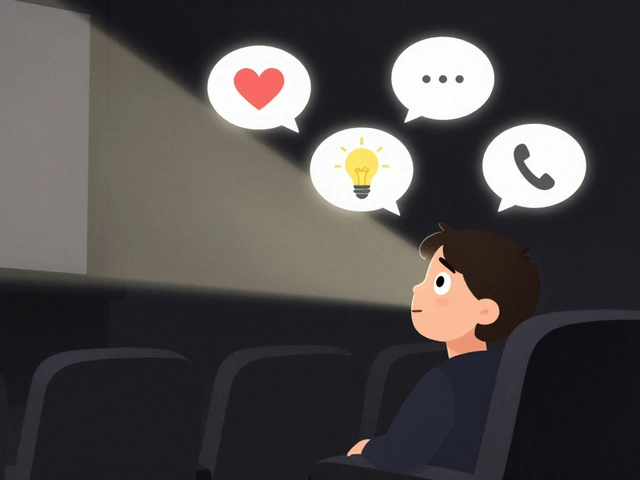 Breakout Indies at the Box Office: How Word-of-Mouth Made These Films Blockbusters
Breakout Indies at the Box Office: How Word-of-Mouth Made These Films Blockbusters
-
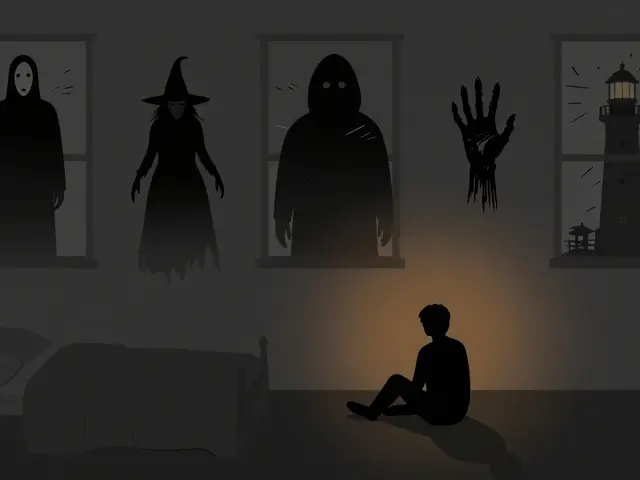 Best Horror Movies on Streaming Services Right Now
Best Horror Movies on Streaming Services Right Now
